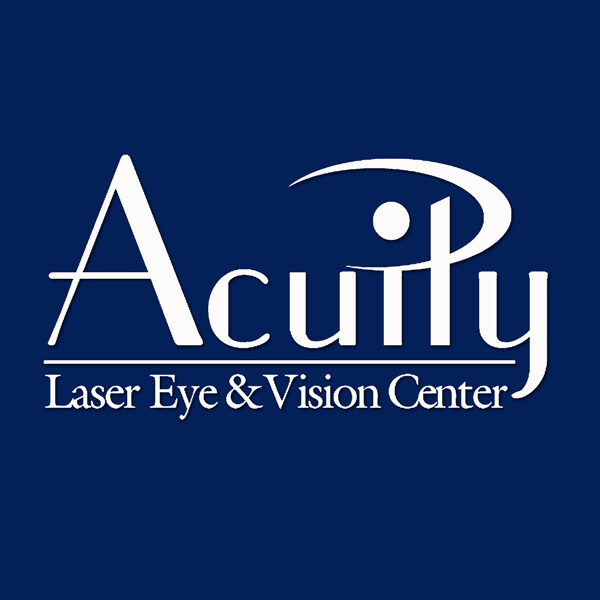 Custom LASIK surgery refers to the use of wavefront technology to create a three-dimensional digital map of a person’s cornea. This cornea map is highly detailed, able to identify even the most minute of imperfections on the corneal surface. These minute imperfections in combination with large corneal imperfections are what cause people to experience poor vision.
Custom LASIK surgery refers to the use of wavefront technology to create a three-dimensional digital map of a person’s cornea. This cornea map is highly detailed, able to identify even the most minute of imperfections on the corneal surface. These minute imperfections in combination with large corneal imperfections are what cause people to experience poor vision.
While all LASIK is technically “custom,” modern custom LASIK is different from the LASIK of the past thanks to this digital mapping and scanning technology.
Custom really means greater accuracy to truly customize the procedure!
Custom LASIK Addresses Both Higher and Lower Order Aberrations
Given the above, one of the benefits of custom LASIK is its ability to treat both lower order aberrations and higher order aberrations.
Lower order aberrations you may know better by the following terms:
• Nearsightedness (Myopia)
• Farsightedness (Hyperopia)
• Astigmatism
Higher order aberrations, however, refer to vision problems caused by the minute imperfections we mentioned above. These vision problems can range from anything from glare and halos, to starbursts, ghost images, poor contrast in low light conditions, rain glare and so forth.
Traditional LASIK could only address lower order aberrations with any reliability. Custom LASIK, however, can treat both lower order and higher order aberrations.
Custom LASIK Is Computer-Guided for Added Safety
Custom LASIK is not just more accurate than traditional LASIK, it’s far safer as well. The digital map of the cornea is loaded into the surgical laser that carries out the actual LASIK procedure. Since the surgery is computer-guided, that means that there is far less chance for human error and surgical mistakes to be made.
Custom LASIK Results Are Superior to the Results of Traditional LASIK
With increased safety and improved accuracy, it should come as no surprise that custom LASIK also offer patients better overall results when compared to the LASIK of the past. Custom LASIK patients have vision that is clearer and sharper, and they also tend to notice fewer issues with glare and halos as they recover from the LASIK procedure.


Comments are closed